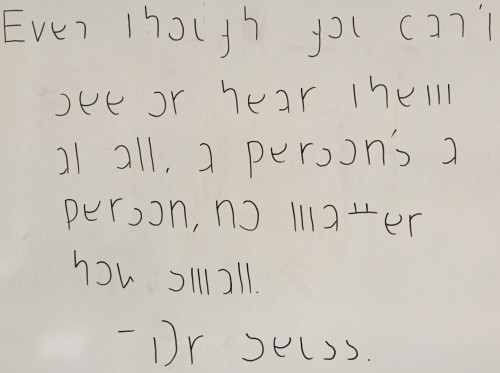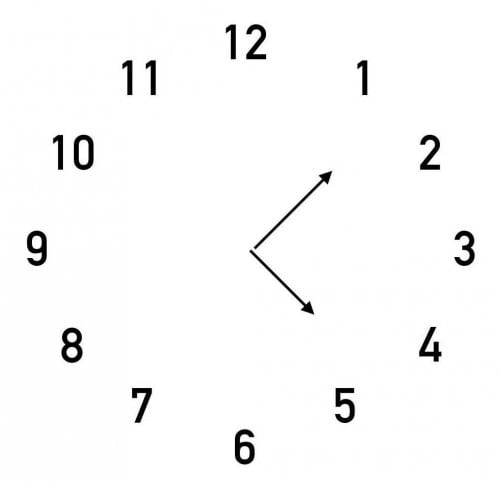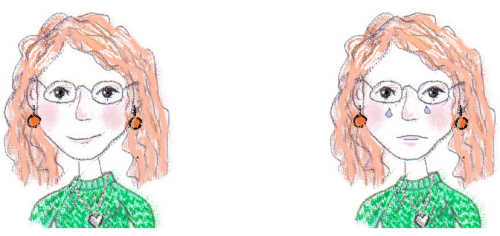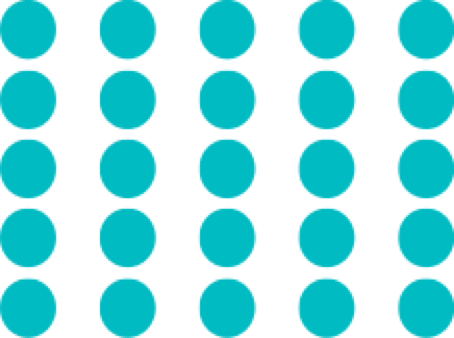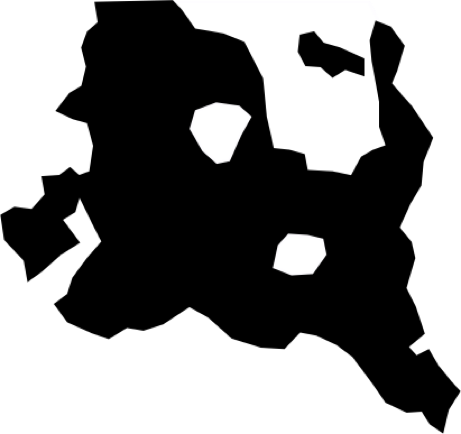
We tend to assume in everyday life that we perceive the outside world exactly as it is. In reality, however, there are many physical energies that we are not equipped to detect. Furthermore, we organise and interpret the information we receive based on our past experience and other psychological factors. Our perceptions are therefore our own personal representations of the physical energies that batter our senses at every turn.
The sensory data that our sensory organs receive are at that stage meaningless; only when our brain receives the electrochemical energy that is sent to it from each set of sensory receptors can we begin to organise this information and make sense of the bewildering environment around us.
Yet every day we conjure meaning from the cacophony of sound, the blazes and flickers of light, the chemical compounds and the physical taps, nudges and thumps that we encounter. This is an indication of our astonishing perceptual gifts, yet in some respects, the perceptual oddities and surprises, along with the errors that we make, are more intriguing.
Starter Quiz – with Explanations
Reading Options
- Perception of Depth from Webvision
- Article: “The blue/black-white/gold dress – and questioning reality” – from Psychology Today
- Article: “Optical illusions and how colour can trick the eye” from the Sydney Morning Herald
- Summary: Taste and smell from BrainFacts.org

- An excerpt from The Man Who Mistook His Wife for a Hat by Oliver Sacks
Is it a rose or, as Dr P. referred to it in the intriguing account by Oliver Sacks, “a convoluted red form with a linear green attachment”? →
Videos
- Zimbardo: Sensation and Perception from Discovering Psychology
- Hank Green: Sensation and Perception from Crash Course Psychology Series
- How do dogs “see” with their noses? – from Ted-Ed
- The Science of Taste from KQED Quest
- The Truth about Taste from the BBC
- What Colour is Tuesday? – Synaesthesia from Ted-Ed
- When Senses Collide – Synaesthesia
More Activities
- Kahoot: Sensation and Perception: Class Mode | Play Alone
- Online Quiz 1: Sensation and Perception | PDF of Quiz Solutions
- Online Quiz 2: Depth Principles | PDF of Quiz Solutions
- Online Quiz 3: Perceptual Set – Taste Perception – Synaesthesia | Quiz Solution as PDF
- Tiny Cards: Sensation and Perception + the Visual Perceptual Principles
Handouts and Presentations
- Handout: Distinction between sensation and perception – wording and key terms
- Handout: Explaining the distinction between sensation and perception using an illustrative example
- PDF of presentation: Introduction to visual perception
Examples of Visual Stimuli
|
This stimulus illustrates the Gestalt principle of closure, since most English speakers can read it despite the missing elements. (Designed by Bec, James and Emily) |
|
Ngoc designed this visual stimulus to illustrate the principle of closure. You could also argue that the principle of similarity is at work. |
|
How retinal disparity works: If you focus on my two faces from a distance of 5-10 centimetres (crossing your eyes slightly might help), you may discover after a while that you have fused the two images into another, spookily three-dimensional one in the middle. This procedure works better when the image is on paper, so you can also try printing this version: download paper version here. |
|
This stimulus illustrates the Gestalt principle of similarity. We perceive the red saucers and their “cups” as belonging to a group. |
|
We perceive the the dots as columns rather than rows as a result of the Gestalt principle of similarity. |
|
An illusion: In the context of the gradual change of colour gradient in the background rectangle, the block of green in the foreground is perceived as having a gradual colour gradient too, yet in reality it is a solid block of colour like the green rod at the bottom. |
|
If you perceive this as a man’s face, you must be applying the Gestalt principles of figure-ground and closure at least. If you interpret the face as that of Jesus, then your cultural background or artistic experience is also coming into play and influencing your perception. (This is a simplified version of the original stimulus, which may be viewed here.) |
